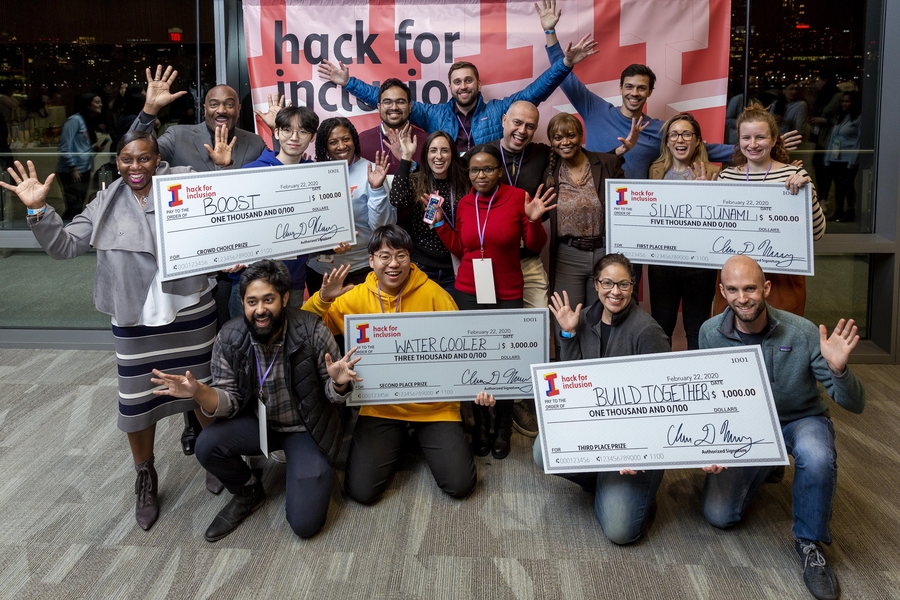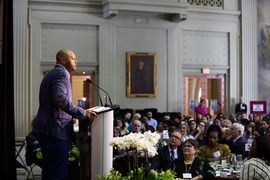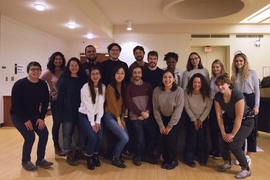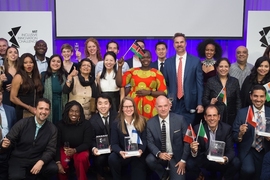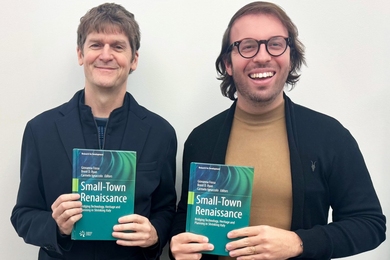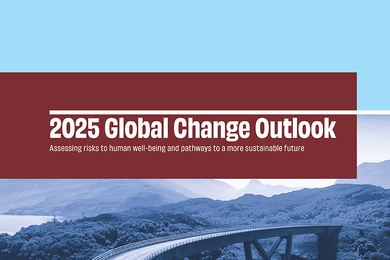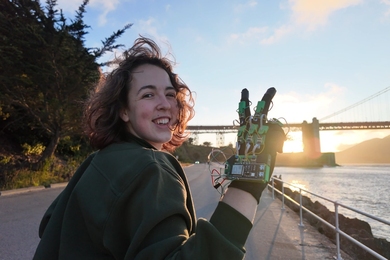What happens when 300 people from many industries and walks of life come together to try to address diversity and inclusion challenges? Answer: inventive hacks that can be applied to real-world situations. Last month, Hack for Inclusion — a student-led hackathon to combat bias — partnered with corporations and organizations to pose 14 challenges directly related to problems those groups are currently facing.
“The reason that we have corporations proposing the challenges is to increase the likelihood that the solutions will get resourced and implemented,” says Elaine Harris '78, a director on the MIT Alumni Association Board and one of the roughly dozen alumni who offered support in the planning of the hackathon. “We’re really empowering people to take what they’ve learned here back to their organizations, whether they be corporations, nonprofits, or student groups, and to not be afraid to tackle things that are often challenging to talk about.”
The event, which has been operating in its current format since 2018, was directed by a group of more than 45 planning team members organized by Sloan for Inclusion, an MIT Sloan School of Management student group led by Clare Herceg, Komal Patel, Hannah Phillips, and Udi Rosenhand, and Hacking Discrimination, a group of MIT alumni led by Harris.
Past years’ challenges have addressed bias or lack of inclusion in the workplace, specifically relating to women and underrepresented minorities, those with various physical abilities, and members of the LGBTQ+ community. This year, during the event held Feb. 20–21 at the Microsoft New England Research and Development Center, the challenges spanned topics including changing stigmas around mental illness, gender equity in e-sports, and using technology to address homelessness.
Not only is the outcome of the event focused on finding inclusive solutions, the very nature of the event is structured to be inclusive, says Herceg. She observed many kinds of diversity represented in the turnout, with ages and life stages ranging from high school students to older professionals, as well as people of different races and gender identities. “A lot of people voiced at the end of the event that this is the first time they felt like they could bring their whole self to an event like this — felt like they could be accepted.”
The two-day event, which starts with brainstorming and research and ends in a final pitch, was facilitated by Chris Lloyd, Olivia Seow, and Aaron Stinnett, students from MIT’s Integrated Design and Management program, and employs a design thinking process. Integral to that process’s success is to focus both on the dynamics of the group and on the needs of end users, says Jainaba Seckan, project manager at Harvard University’s Office of Diversity, Inclusion, and Belonging, who led a 2020 challenge sponsored by her office after having participated in the 2019 hackathon.
“The facilitators make sure that you are taking care of your team culture by engaging in exercises where you are checking in and setting norms and setting expectations of each other. By doing that, we created a common language. Taking that time to foster inclusion on the teams really did allow for us to do our best work,” Seckan says.
The challenge Seckan’s office sponsored — Campus Culture: Responding to Traumatic Events — had particular resonance in this university setting. It elicited ideas including an app to organize and prioritize campus-wide concerns to make it easier for all university community members to respond, as well as a communication system that would allow people to send videos and share messages of support following a traumatic event.
“The primary takeaway for me from the two challenge teams was that connection and community are primary solutions to address the isolation, shock, and fear that typically arises following traumatic and triggering events,” says Seckan. “Ultimately, these solutions create opportunities for learning and healing.”
Hack for Inclusion 2020’s overall top prize went to a team called Silver Tsunami, which worked on a Harnessing Wisdom in the Future of Work challenge posed by Steel Partners. With the aim of retaining the knowledge of employees above age 60, the group created a detailed offboarding program. Incorporating mentorship opportunities and community-building activities, the program is designed to support company culture, develop younger workers, and provide a thoughtful and cost-effective way to transition older workers into retirement.
Water Cooler, the second-prize winner, addressed a Deloitte-sponsored challenge focused on workplaces of the future by pitching software that could facilitate informal online and in-person meetings among coworkers from fully remote organizations.
Looking back on the weekend, Herceg says she was inspired not only by all of the teams’ collective output in such a short time frame, but that many of the groups had continued the conversation in the days following the event. “It’s really incredible to see a group of strangers — because that’s what they are — come together and be passionate about a specific challenge, come up with a solution, and then want to carry it forward.”
